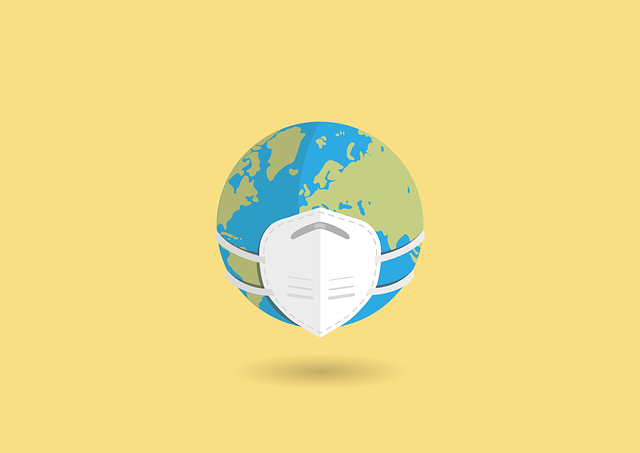
COVID | Monetary Policy & Inflation

COVID | Monetary Policy & Inflation
• The simplest explanation for the recent surge in US inflation is the pandemic, not the Fed’s balance sheet expansion. Once the pandemic eases, so will inflation.
The latest US CPI data for January showed headline CPI surge to 7.5% on an annual basis. Even core inflation, which excludes volatile items like energy and food prices, jumped to 6%. These are the highest rates since the early 1980s. The Fed has already pivoted to a hawkish stance and is signalling the rate-hiking cycle will start soon. After this data, markets expect the Fed to start with a 50bps hike at the next meeting on 16 March.
This article is only available to Macro Hive subscribers. Sign-up to receive world-class macro analysis with a daily curated newsletter, podcast, original content from award-winning researchers, cross market strategy, equity insights, trade ideas, crypto flow frameworks, academic paper summaries, explanation and analysis of market-moving events, community investor chat room, and more.
The latest US CPI data for January showed headline CPI surge to 7.5% on an annual basis. Even core inflation, which excludes volatile items like energy and food prices, jumped to 6%. These are the highest rates since the early 1980s. The Fed has already pivoted to a hawkish stance and is signalling the rate-hiking cycle will start soon. After this data, markets expect the Fed to start with a 50bps hike at the next meeting on 16 March.
But a debate remains on whether this inflation spike is transitory or a return to 1970s-style persistently high inflation. At its heart, the debate is about whether the Fed has caused inflation with the expansion of its balance sheet and low interest rates at a time of tight labour markets. If so, the Fed is behind the curve and we are returning to the 1970s. Alternatively, the inflation could be due to the pandemic. Once this eases, inflation will subside.
So, who is right? We adapt the advice given to Bill Clinton in his 1992 election, ‘It’s the pandemic, stupid’ (the original quip referred to the economy).
True, the Fed doubled its balance sheet when the pandemic started and lowered interest rates. But this did not lead to a surge in bank lending to the real economy. Rather, it acted as a stabilizer for financial markets. More importantly, we have seen the Fed double its balance sheet before – just after the global financial crisis in 2008. And back then, it did not lead to rampant inflation (Chart 1). And what is the difference today? The pandemic!
Unsurprisingly, the surge in inflation has coincided with the explosion in COVID cases (Chart 2). This restricted labour supply as people stayed home or were sick, creating issues ranging from wage pressures to global supply chain issues. It also hugely changed consumer behaviour. With restaurants and cinemas closed, people binged on buying goods, whether cars, VR headsets or TVs. This helps explain why goods not services inflation has surged.
The twist was that despite people staying home, their incomes increased – thanks to the largest-ever US government transfers to households (Chart 3). This was perhaps a big reason bank lending did not increase. However, it boosted demand at a time of restricted supply. It is no wonder inflation has surged.
If we are right, then as the pandemic eases, inflationary pressures will ease too. Our reasoning also explains why inflation has stayed higher longer than expected – the pandemic has lasted longer than expected! So remember: when someone asks you why inflation is high, just say, ‘It’s the pandemic, stupid!’


Spring sale - Prime Membership only £3 for 3 months! Get trade ideas and macro insights now
Your subscription has been successfully canceled.
Discount Applied - Your subscription has now updated with Coupon and from next payment Discount will be applied.